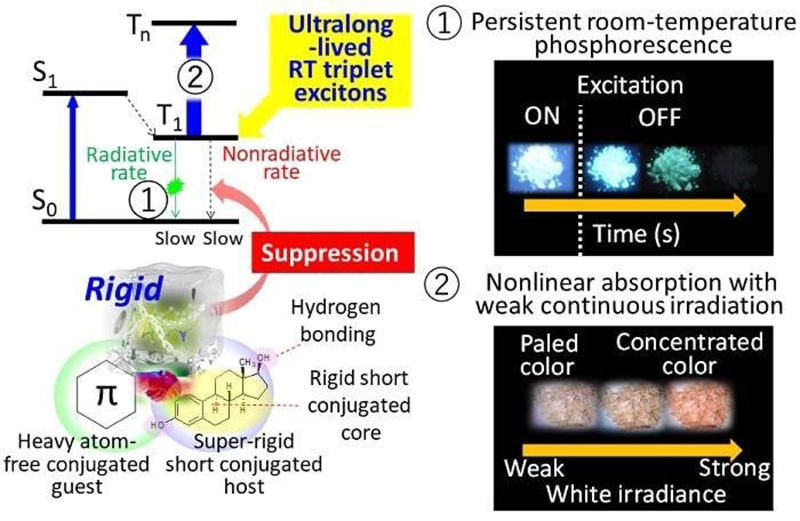The December 2018 issue of e-Bulletin published by University of Electro-Communications (UEC) in Tokyo includes short video profiles of UEC researchers describing their activities in mid-air display technology, soft robots, and molecular materials with ultralong-lived phosphorescence.
Read more KIST Develops 3D Soft Robots That Look Like Living Creatures
Research highlights from high impact publications are ‘soft robotic gripper based on dielectric elastomer actuators’, Jun Shintake; ‘Digital Public Media: Mid-air Display Technology’, Naoya Koizumi; and ‘Molecular materials with ultralong-lived room-temperature triplet excitons: Persistent room-temperature phosphorescence and nonlinear optical characteristics under continuous irradiance’, Shuzo Hirata, said a press release.
Highlights
Soft robotic gripper based on dielectric elastomer actuators
Jun Shintake, Assistant Professor, Department of Mechanical and Intelligent Systems Engineering, is developing actuators, sensors, and robots that are made of soft materials. Soft actuators are also known as artificial muscles. These types of actuators can be applied to human assistive wearable devices as well as robots. Compliant sensors can be used as strain gauges that detect movement and deformation of objects, and also be exploited as pressure sensors to measure foot pressure of a person walking, for example.
Shintake and colleagues at the University of Electro-Communications, Japan, and at the Swiss Federal Institute of Technology in Lausanne, Switzerland developed a DEA based soft biomimetic gripper than can handle diverse objects with its simple structure. The idea behind it is the modification of the electrodes in DEA that enables electrically controlled adhesion as well as actuation.
In addition, Shintake would like to study soft robots where the two robotic elements mentioned previously are integrated. The type of robots I would like to develop are bio-inspired systems such as fish-like machines and flying devices. Through these research activities he would like to contribute to society, while expanding my research field and collaborating with industry.
Read more Harvard Researchers Designing Soft Robots for Patients with Spinal Cord Injury
Molecular materials with ultralong-lived room-temperature triplet excitons
The lifetime of triplet state of molecular materials is generally shorter than 1 ms at room-temperature (RT) because nonradiative deactivation of the triplet state is usually rapid at RT. However, if the fast nonradiative deactivation from the triplet state is largely suppressed, triplet excitons with a very long lifetime at RT can form. Molecular materials with the long exciton lifetimes could potentially lead to the realization of new applications that are unfeasible using conventional molecular materials with short exciton lifetimes.













